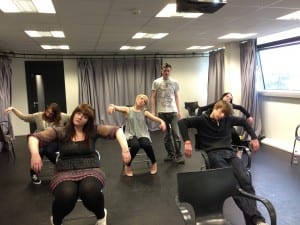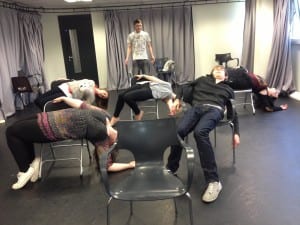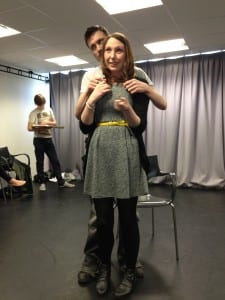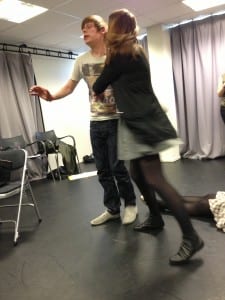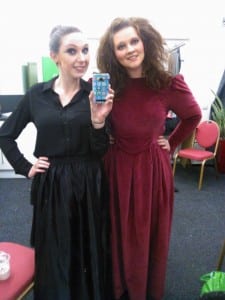Final words!
Theatre Company has, in some ways, been the most challenging module I have taken part in over the past three years. It has also been the most enjoyable. I am thankful to have been a part of a group of such talented, lovely people. Writing a script from scratch and creating a set from scratch tested peoples patience, but the feedback from audience members, friends and family shows that all the hard work was really worth it.
The module has taught me many things about being in a professional theatre company. It has certainly taught me that communication between each aspect of the company is key. As head of finance, I needed to communicate effectively with those in charge of costume, set, props and marketing. I also had to communicate with the producer so he could overlook what was being done. I learned how to create an industry standard budget and used ‘Excel’ in a professional way to keep up to date with how much money was spent. Keeping track of everything was difficult but very important.
I learned about companies administrative production, and how technology now benefits their marketing as well as their shows. Although the module was short and we were busy doing our own jobs, it gave us a sneak peek of what being in a theatre company was like overall and how we could all help each other with certain things.
The night of the show was really something that can’t be described. There is something so satisfying about performing work that has been such a chore putting together. Every member of Progeny has the right to be very proud of themselves, and I will miss being part of a group with them.
(Yes, apparently I am being soppy on an assessed piece of work).
Word count: 299
Francesca
